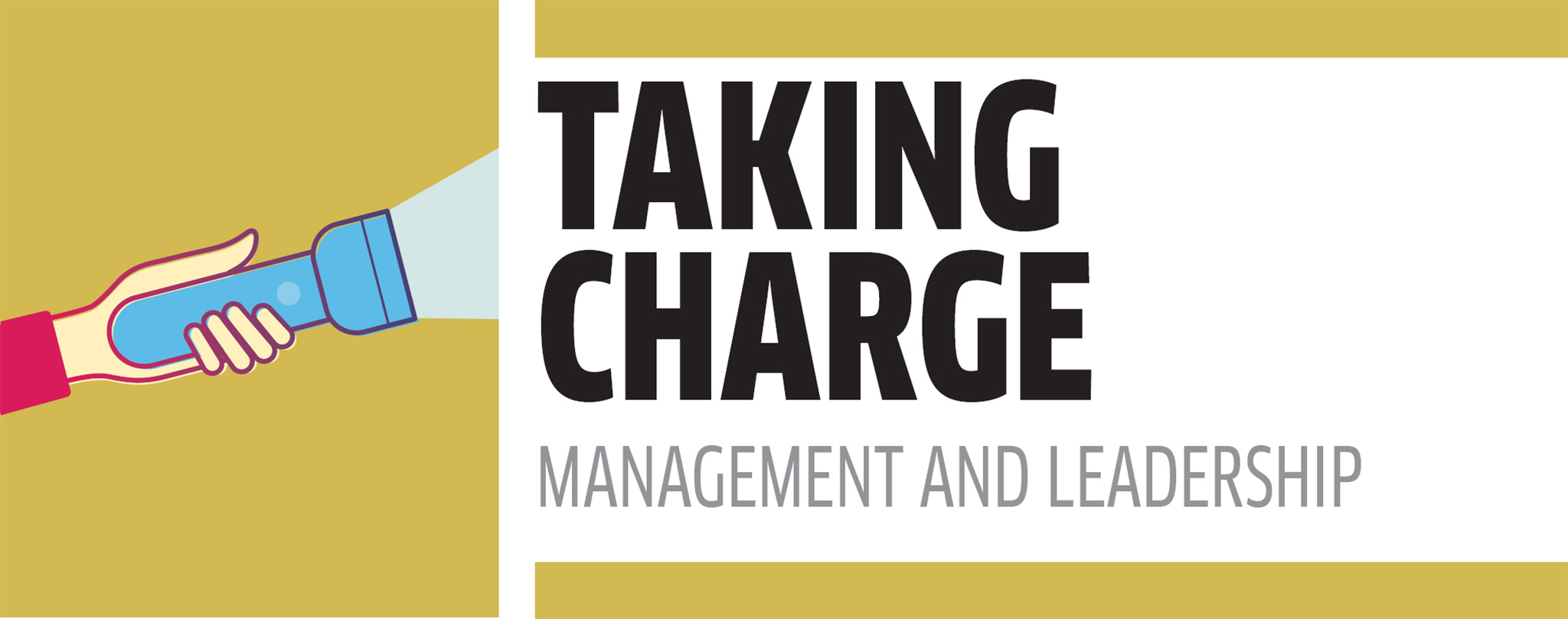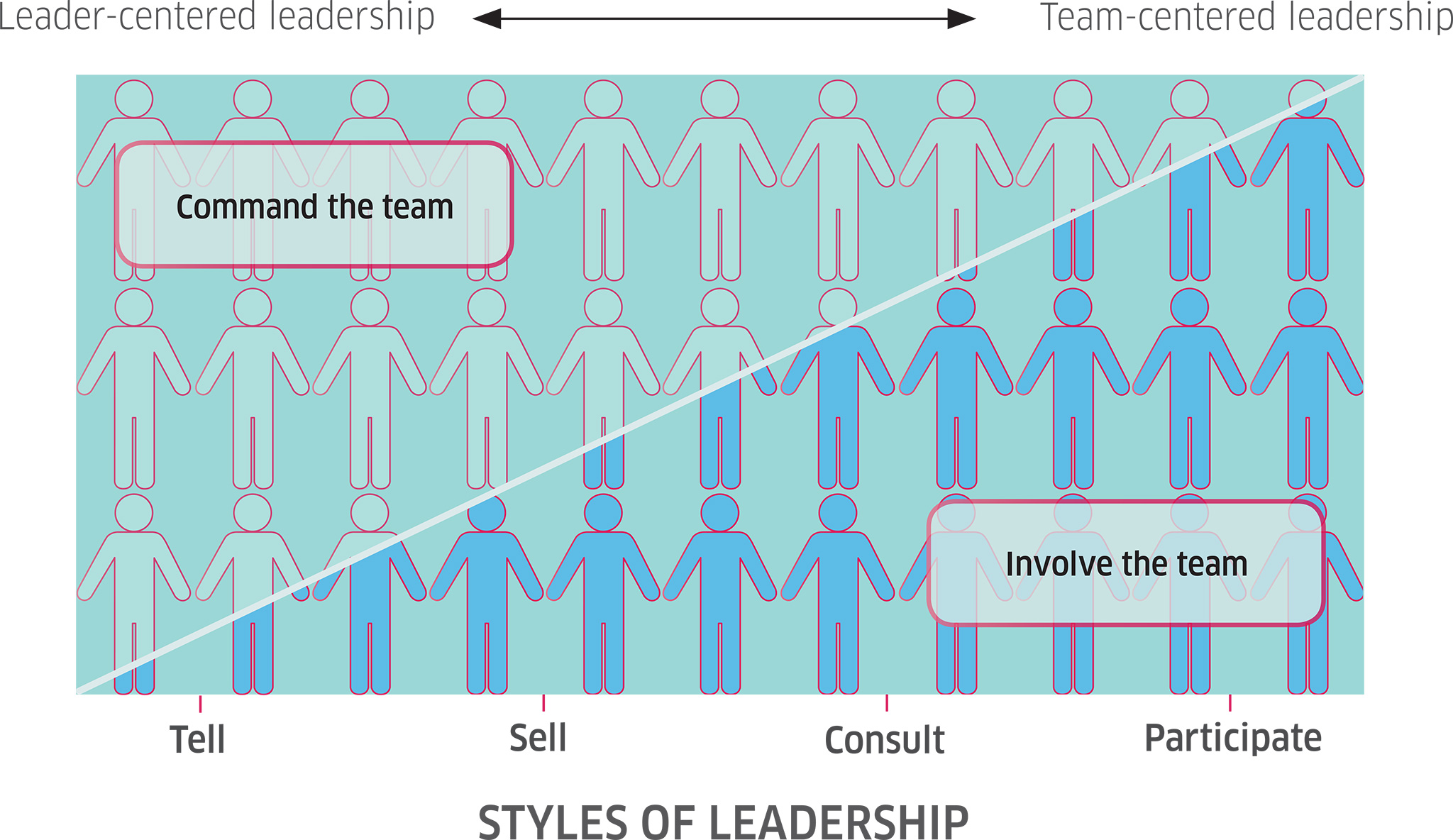
Whether you’re heading up a department or speaking out as part of the team, there are times when you have to step up and use your influence. What’s the best way to get your message across?
It’s common to assume that management and leadership are one and the same. However, it’s probably more accurate to say that leadership is one of the many skills that a manager needs.
It’s possible to act as a leader even if you’re not in charge. For example, a person who tries to persuade their group to change for the better is showing leadership—whether or not they’re the boss. Management, on the other hand, involves a balance of authority and organizational skills that can be challenging. Managing well may be your aspiration, but you can be a leader based on the actions you take, not your job title or position.
Getting your style right
Successful people often like to say they know the “secret” of leadership, but different situations often call for different approaches. An idea proposed by contingency theorists Robert Tannenbaum and Warren Schmidt (see “The leadership continuum,”) divides leadership styles into four groups, depending on how much authority is used:
1 “Tell.” As the leader you are autocratic, although not necessarily harsh. The rules are already in place and it’s your job to monitor how people follow them.
2 “Sell.” The decision has already been made, but it’s your job to present it to the team. Key skills here are being persuasive and encouraging.
3 “Consult.” You know what you want to achieve, but the team has a lot of say in how to go about it. Your job is to motivate and delegate as well as to direct.
4 “Participate.” You define what is needed and what the task’s parameters are, but rely on the skills and motivation of your team to find productive ways of working. You allow them as much responsibility as possible.
Depending on the task and the people you’re working with, you may need to adjust your leadership style. A good leader doesn’t rely on not being questioned, but can shift their approach to meet the needs of each situation.

Inspiring people
Think back to favorite bosses, teachers, or people of influence within your community. What was it about them that impressed you? What can you learn from them?
Different cultures value different personality traits, but studies suggest that the following qualities almost always inspire confidence:
- Be clear about what you mean. In a changing world, leaders may have to switch strategies, which can confuse their teams. Let your overarching goal be seen so that your integrity is clear even if you have to adjust your tactics.
- Don’t pretend that listening and agreeing are the same. A leader who doesn’t listen is discouraging, and a leader who won’t own their authority is frustrating. Be receptive to feedback, but when decisions have to be made, make them.
- Hold yourself accountable. Everybody makes mistakes, and it creates needless tension if you fail to acknowledge yours and make amends.
- Be confident, but not arrogant. The antidote to overconfidence is openness. Others may always have something more to teach you.
- Monitor outcomes and follow up on what you’ve learned.
A good leader can improve things for everyone around them. If you can embrace your responsibilities and find a style that works for everyone, your whole group will be the better for your commitment.
The leadership continuum
This important leadership model was developed in the US in 1958 by contingency theorists Robert Tannenbaum and Warren Schmidt. Different groups and tasks, they found, will do best under different kinds of leaders:

 Everyone in agreement?
Everyone in agreement?
Psychologist Anna Lebedeva identifies three different responses among stakeholders (such as team members, customers, or sponsors) when change is brought in:
1 Active supporters: people who like and endorse the new idea. A good leader recognizes and publicly thanks such people.
2 Fence-sitters: people who want to wait and see how things turn out. The best way to persuade them is to surround them with active supporters.
3 Active blockers: people who oppose or criticize. These people need more direct persuasion.
A leader’s overview
Management expert John Adair argues that group performance is dependent on how leaders balance the competing needs of the “total” situation. When you’re in charge, you need to be aware of all these aspects:

